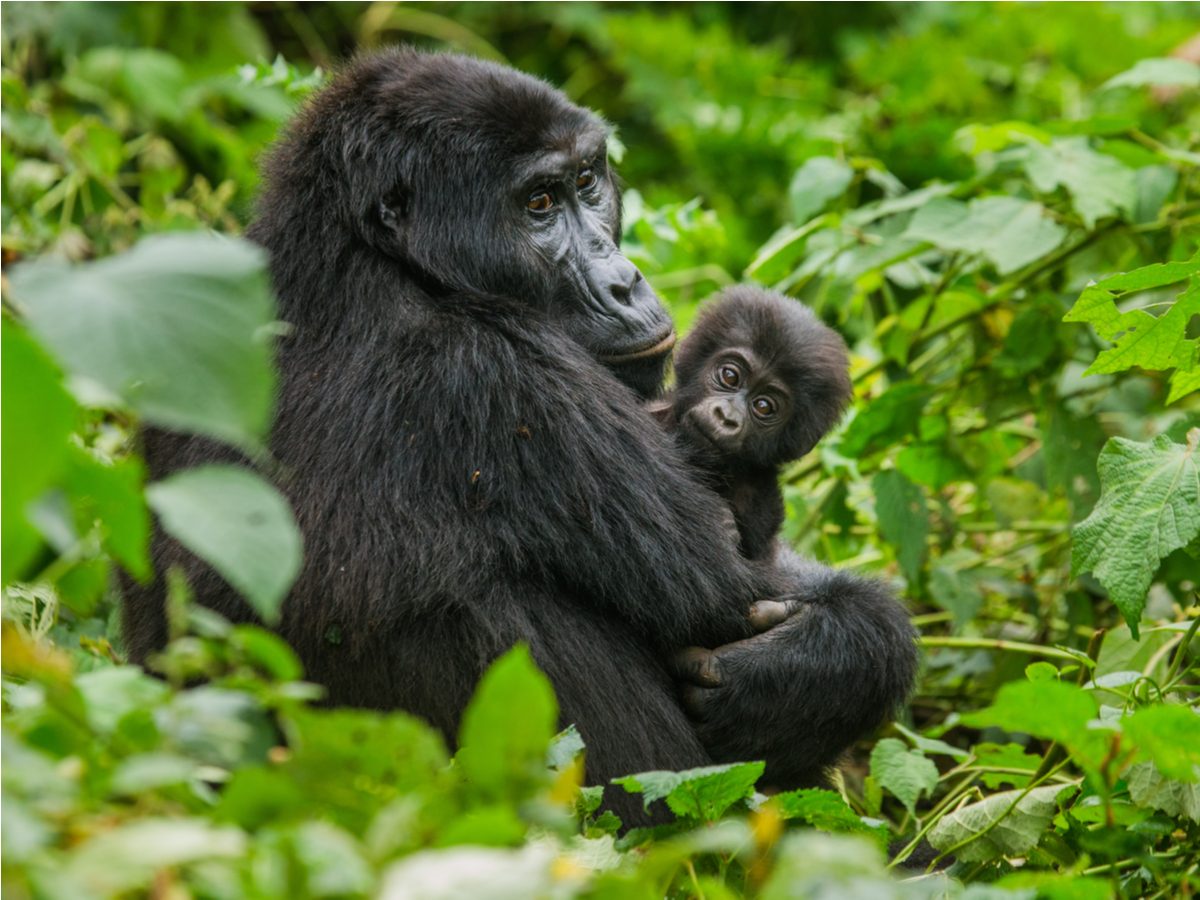
Travelling to East Africa for the first time? Here’s what you need to know
Despite its breathtaking natural beauty, majestic wildlife and fascinating histories, East Africa has taken a while to catch on as a tourist destination, even compared to other parts of the continent. Yet in this vast landscape, there’s something for virtually every kind of traveller: the thick forests of Bwindi Impenetrable National Park, the cosmopolitan feel of Kigali, and the sprawling plains of the Serengeti, to name a few.
Exploring this magical region is easier than ever thanks to Toronto-based travel operator G Adventures, which has created three unique East African expeditions as part of its Jane Goodall Collection, a series of 20 wildlife-focused tours endorsed by the famous primatologist herself. Whether you embark on one of these guided tours or choose to create your own itinerary, these tips for Canadians travelling to East Africa for the first time will come in handy.
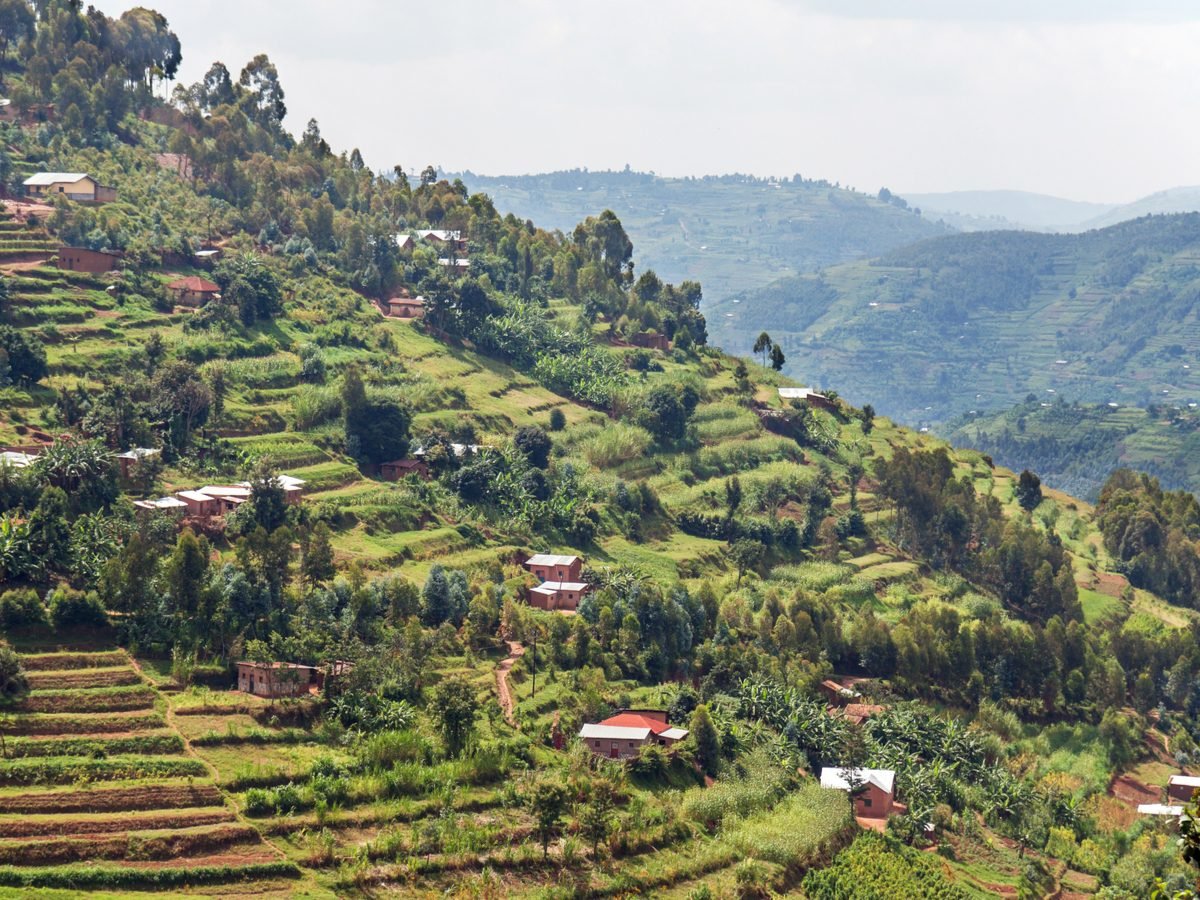
Read up on the region first
Africa is composed of 54 countries, and is home to more than 1.2-billion people speaking 2,000 different languages. And yet, people often paint the continent with a broad brush. The East African Community, an intergovernmental organization in the African Great Lakes region, is made up of six countries: Uganda, Rwanda, Tanzania, Kenya, Burundi and South Sudan. Each member nation has its own unique culture and traditions, so when travelling to East Africa, do some digging beforehand to get acquainted with your specific destination. Brushing up on regional history will help put your travel experiences into a meaningful context, and the locals will immediately sense your enthusiasm, making your time in East Africa that much more rewarding.
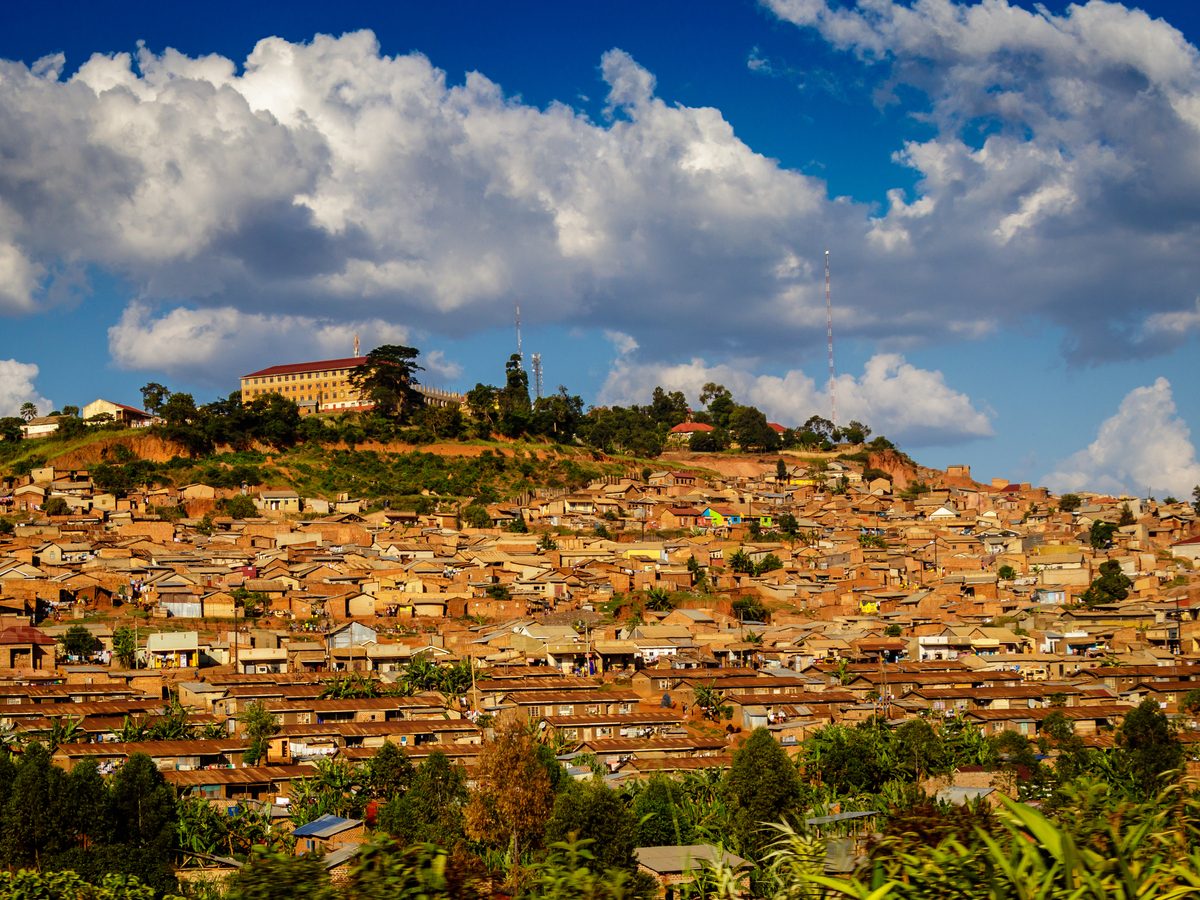
Let go of your assumptions
After decades of dire news headlines, it may be hard for some Westerners to wrap their heads around Africa as a travel destination. But ever since the turn of the 21st century, the outlook of East African nations has changed a lot. Far from being torn apart by rampant war, crime and poverty, East Africa is looking up, with Uganda, Rwanda, Kenya and South Sudan among the 10 fastest-growing economies in the continent. What’s even more promising is that according to the Brookings Institution’s latest Foresight Africa Report, these success stories are sustainable, as Uganda and Rwanda are expected to maintain their rapid growth far into the 2020s.
Concerned about your safety? With the exception of South Sudan and Burundi, which currently have travel advisories due to ongoing conflicts, the majority of East Africa is safe for tourists to visit. (The Institute for Economics and Peace even deems Tanzania safer than the United States.) This region may still have many obstacles to clear, but it’s more than capable of rising to the challenges.

Your trip will be better if you “unplug”
Unless you plan on buying a prepaid SIM card for your phone, you’ll be dependent on WiFi in East Africa. WiFi in this region, however, may be slower than what you’re used to. (Picture a dozen tourists in a hotel restaurant frantically attempting to check their emails, send messages and post pictures.) Plus, most lodges outside of cities rely on generators, which means that brief power outages aren’t uncommon.
The bright side: who needs Internet access when you’re surrounded by some of the most awe-inspiring landscapes in the world? Limit phone use as much as possible; if you absolutely need to catch up on family and friends back home while on your trip, set one 15-minute check-in time per day. The pink hues of a sunrise, a traditional dance by women from a nearby village, hillside tea plantations—put your phone away and take it all in.

East Africa is more than safaris
There’s no denying the appeal of observing Africa’s incredible wildlife from the comfort of a Land Rover, but safaris aren’t the only immersive experiences to be found in this region. The high point of G Adventures’ Culture & Wildlife of Uganda and Rwanda tour, which we attended in the fall of 2019, is a hike through Bwindi Impenetrable National Park—home to half of the 1,000 mountain gorillas remaining in existence.
Thirty groups of mountain gorillas exist in the park, 15 of which are habituated, meaning they’re regularly exposed to humans. On our trek, we were able to spend an hour with members of one of these habituated groups, known as the Kahungye gorilla family. Getting face-to-face with these endangered creatures can take anywhere from a one- to three-hour trek through the aptly-named park’s 300-plus square kilometres, but is well worth the effort.
There’s nothing quite like seeing mountain gorillas. The initial sighting is unbearably thrilling, and soon it dawns on you that Earth’s largest primates are mere metres away—eating, playing, relaxing. Rangers cut swaths of dense vegetation with their machetes, creating a path for us to follow. Something spectacular happens at every turn: Ruzika, a 25-year-old silverback, emerging from the brush; the sounds of breaking branches as a young gorilla excitedly falls from a tree; the 18-year-old Rwigi, sitting quietly while watching the insects on his left hand. Before you know it, the hour is over.
In the past, park authorities struggled with curbing illegal hunting for bushmeat and trophies. Thankfully, poaching is no longer a problem, and since 2006, many locals have been encouraged to become porters for tour groups.
In Uganda, the primate capital of the world, you’ll also find Kibale National Park. Encompassing 766 kilometres of lush evergreen forest, Kibale is home to more than 1,400 chimpanzees and 13 species of primates. Located within the park is the Bigodi Wetlands Sanctuary, a swampy area that features a mind-boggling 138 species of birds. (Look out for the mischievous vervet monkeys too!)
Meet the wildlife veterinarians saving mountain gorillas.

Get your visa as early as possible
Thanks to the East Africa Tourist Visa, visiting this region is easier than ever. Created in 2016, this special visa allows for multiple entries within Uganda, Rwanda and Kenya, and is valid for 90 days after arrival. You can apply for it online at a fee of $100 USD paid for by credit card (apply for your visa from whichever country you are arriving in first). Tanzanian visas, meanwhile, are available through the Tanzanian High Commission in Ottawa.

Don’t let illness ruin your plans
While no one’s a fan of getting shots, it’s better to be safe than sorry when travelling to East Africa. Proof of a Yellow Fever vaccination is required for all Canadians entering Uganda, Rwanda, Tanzania and Kenya. (Since there’s currently a Yellow Fever vaccine shortage in Canada, travel clinics can only administer fractional doses, which provide immunity for one year and are accepted by all East African countries.) At a minimum, vaccinations for hepatitis A, typhoid fever, malaria and rabies should also be considered. Vaccination for cholera is optional, but something you might want to discuss with your doctor as well.
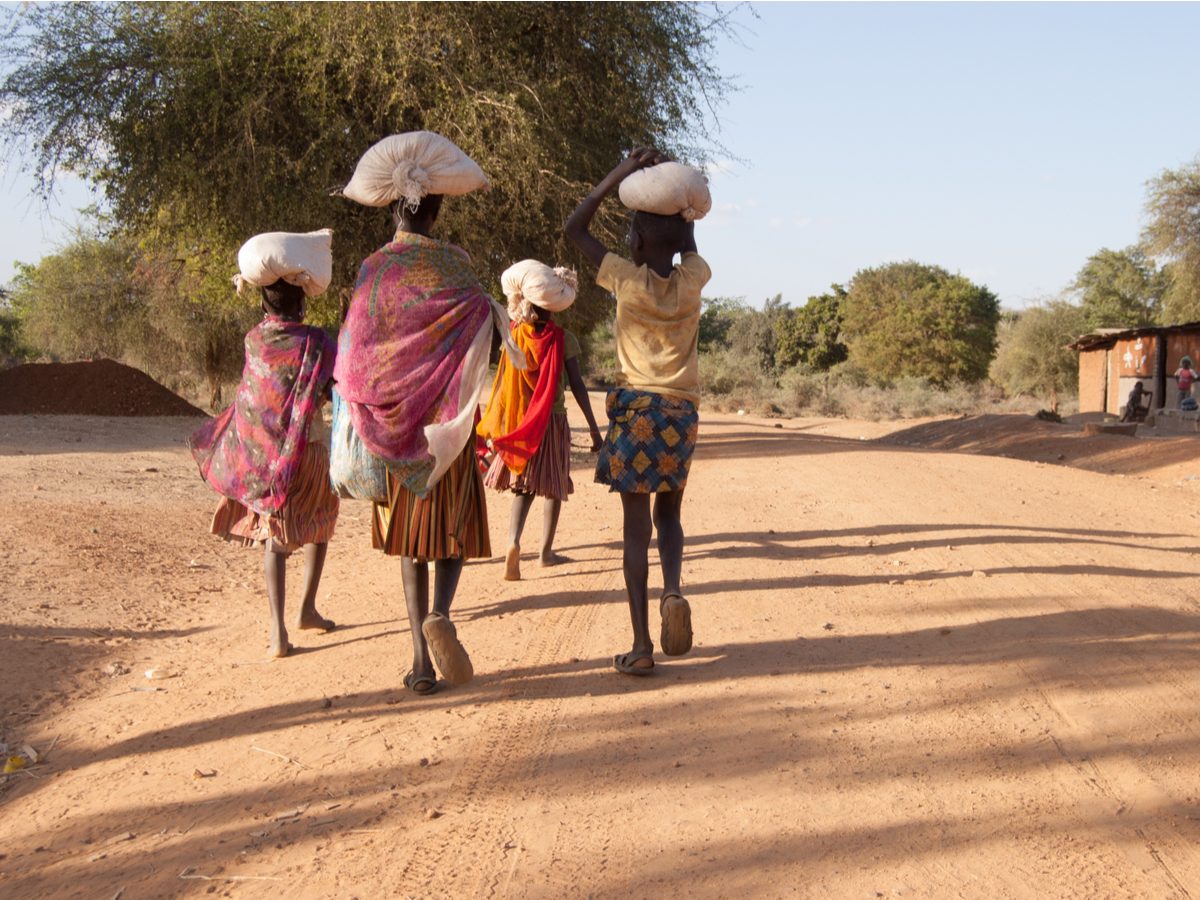
Sometimes “helping” doesn’t help at all
The sight of children selling clothes, toys and other souvenirs is a common one in East Africa, and you’ll no doubt see them everywhere, from big cities to remote villages, and even along hiking trails. You may think a small purchase would go a long way to help improve their standard of living, but according to G Adventures guide Sam Bamwesigye, it would be sending children the wrong message. The ethical decision, he says, would be to refuse: “If they don’t make any money, they might change their minds and go back to school to continue their educations.”
Hiring a porter for your trek through Bwindi Impenetrable National Park, on the other hand, is encouraged by both the government and locals. It’s a win-win situation: you get a helping hand to carry your bags and guide you across demanding terrain, and your money directly supports the region’s economy.
These are the animals that became endangered in 2019.

Follow proper photo etiquette
Driving around Uganda in our yellow Toyota Safari Land Cruiser, I must admit I was tempted to snap photos of the giddy children waving in our direction as we passed by, and of the vendors along the side of the road. Thanks to social media, sharing photos of the countries we visit has never been easier, but it’s important to always be polite when you have a camera in hand. On that note, always stick to these travel photography rules: avoid taking pictures of children, ask permission before taking an adult’s photo, and never offer money in exchange for a picture. Photographs, after all, should be empowering, not disrespectful.

Embrace new foods
The cuisine of East Africa varies enormously from country to country. Take Tanzania, for instance: because of the bounty of seafood found along its eastern shores and a sizable Indian population, quite a few Tanzanian dishes feature fish, coconut and spicy curries. Cuisine in landlocked Uganda, meanwhile, highlights bananas, plantains, meat stews and peanut-based sauces. Also popular is “the Rolex” (pictured above)—a rolled chapati (similar to a roti) containing an egg omelette and vegetables, its name a play on “rolled eggs.” You’ll run into the dish quite often while out on the road and in restaurants across Uganda. (I ate it twice for breakfast and once for dinner!)
Popular dishes throughout East Africa include matoke (a cooking banana served in stews or mashed) and ugali (a dough made from white corn flour, served as a side dish to meat, fish or vegetables).

English is more common than you think
English-speaking Canadians need not worry about language barriers—English is widely spoken in all but the most remote of areas, and not once did I feel alienated. Take Uganda, for instance: English is one of the country’s three official languages, along with Luganda and Swahili, and was adopted as an official language after the country gained independence in 1962.
Perhaps even more surprising is the abundance of English-language storefronts in Kigali, the capital city of Rwanda, a former French-speaking Belgian colony. There are four official languages in Rwanda: Kinyarwanda, English, French and Kiswahili. After Rwanda halted diplomatic relations with France in 2006—partly because of the French government’s involvement in the Rwandan genocide—the Rwandan government ordered education to be provided in English.
Here’s the proper etiquette on how to greet someone in different countries.

Steer clear of single-use plastic bags
Since 2008, Rwanda has been shattering the notion that only First World countries can curb climate change. In Rwanda’s case, a nationwide ban on plastic bags, a society that reinforces the importance of community service, and government funding for cleaning companies has led Kigali to be named “Africa’s cleanest city.” Just how serious are Rwandans when it comes to plastic bags? Walking down the street with one results in a hefty fine, and storeowners found stocking them can face jail time.
Check out these other brilliant ways countries are replacing plastic.
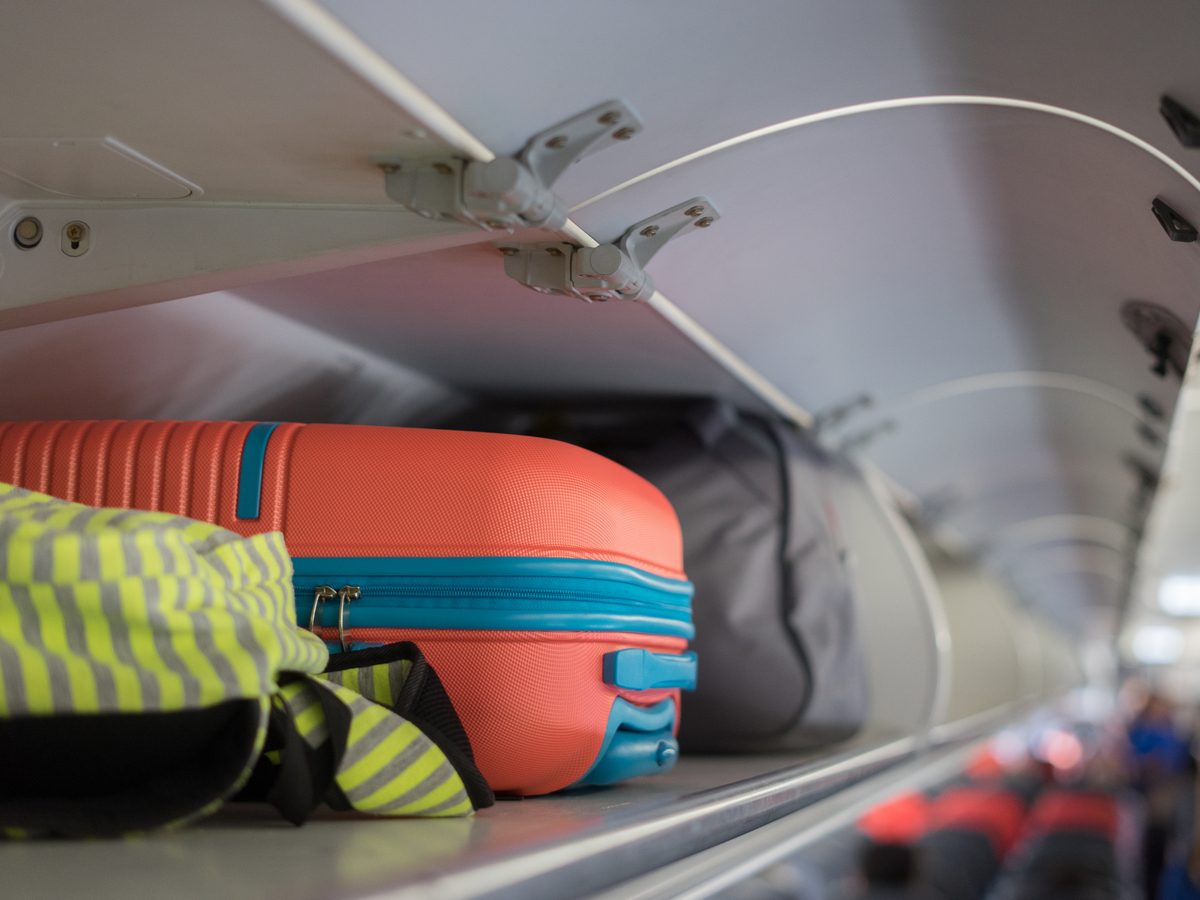
Do your best to avoid overpacking
Whether you’re a last-minute packer who thoughtlessly throws an entire closet into a bag, or a fusspot who packs for every potential situation “just in case,” East Africa isn’t the place to be carrying too many things. Simply put: you’ll be on the move a lot, and your vehicle may not have enough space to accommodate multiple pieces of luggage per passenger. Stick to one medium-sized duffel, rolling suitcase or backpack, as well as a day pack.
While the contents of your luggage will depend on your personality and needs, there are a number of essentials we highly recommend: sturdy hiking boots, gardening gloves (to protect from foliage during hikes), a reusable water bottle, a waterproof rain jacket, outlet adapters, and a first-aid kit with water purification tablets and insect repellent.
Next, memorize these genius packing tips before your trip.